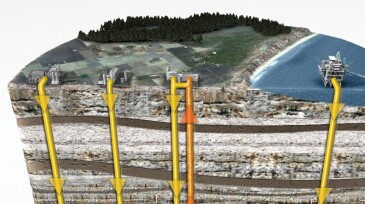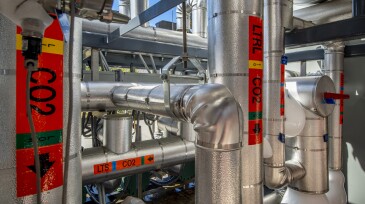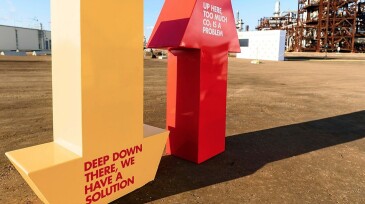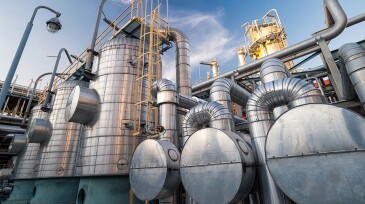carbon capture and storage
-
A report from the Global CCS Institute says North America’s continued front-runner status in carbon capture and storage (CCS) deployment is largely attributable to tax credits, stronger climate commitments, and an anticipated rise in demand for low-carbon energy products.
-
The partnership aims to accelerate offshore CCS adoption with reliable, specialized CCS systems.
-
Backed by Eni and BP, the two projects have been selected by the UK government to kick-start the country's effort to decarbonize industrial emissions.
-
Tracking the Energy Transition: The Decarbonization Puzzle, the Power of Wine, and Hydrogen on TrackMajor energy companies are tapping into wine residues, used cooking oil, and waste animal fat to produce biofuels. Retooling to meet clean energy goals dominated the first day of the SPE Annual Technical Conference and Exhibition. And the US and European Union launched a global methane reduction pact that has climate advocates breathing a sigh of relief just weeks bef…
-
Researchers form South Dakota Mines are studying microbial acceleration of carbon mineralization with extremophiles found at the Sanford Underground Research Facility.
-
Polish oil company will take an additional 2 mtpa for 20 years.
-
Broad consensus is forming on the need for a massive expansion in global carbon capture and storage (CCS) capacity. But what are the uncertainties, bottlenecks, and opportunities in the subsurface that await CCS planners?
-
While CCS and CCUS become more ensconced in oil and gas energy-transition strategy, one major project has fallen short of targets. Infrared sensor technology could fill a crucial gap in halting methane leaks. And a geothermal startup gets a big vote of confidence from industry and celebrities.
-
The midstream operators plan to have the CO2 pipeline network operational as soon as 2025 and flowing at full stream by 2027.
-
As with large-scale carbon-capture projects in Europe and in the US, the Canadian oil companies say they will need various forms of government support to help realize the goals of the Paris Agreement.










